Podcast: Play in new window | Download (Duration: 1:03:39 — 89.9MB)
Subscribe: RSS
Do your ID blocks work all the time? How about your management of the dreaded ‘hot pulp’? As a part of the Back to Basic series this August, I asked Dr Pynadath George, who practices advanced surgical and implant dentistry, about dental hacks for success with every dimension of local anaesthesia in Dentistry.
Protrusive Dental Pearl: Give painless local anaesthesia (aside from topical anaesthetic, we know that already!) by massaging the mucosa and the lip with your index finger and thumb. Get just a few drops of LA first and give it a minute to work. Then you can go back in and deliver your anaesthetic much faster and the patient will love you for painless anaesthesia!
“If you want good success with the ID blocks, you need to look at and study the anatomy, even if it’s on a skull, and then relate that to your patient..” – Dr George
In this episode we discussed about:
- Is Lidocaine/Articaine enough to numb patients as a GDP, or do we need to stock other anaesthetics such a Mepivicaine? (15:09)
- Avoidance of Articaine for ID block in some countries – if that really necessary? (18:35)
- Shift of mindset with young dentists practicing defensively (20:38)
- Tips on achieving successful ID blocks (27:04)
- Hitting bone during ID blocks – do you HAVE to hit bone? Can that be harmful? (33:38)
- How to manage the dreaded hot pulp! (36:39)
- Moderate and advanced local anaesthetic techniques in Dentistry (47:31)
- Tips on getting painless palatal injections (especially on ultra nervous patients) (51:05)
Want to learn more? Check out this Advanced Implant Training by Dr George Pynadath
I hope you are enjoying this Back to Basics series of episodes! If you liked this episode, you will also enjoy Basic Implant Occlusion and Work Life Balance – PDP012 with Implant Ninja!


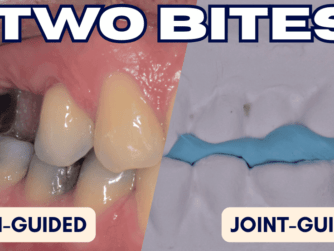
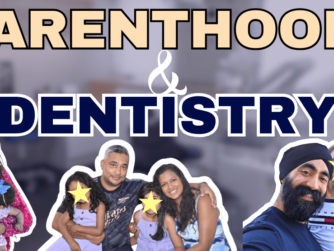
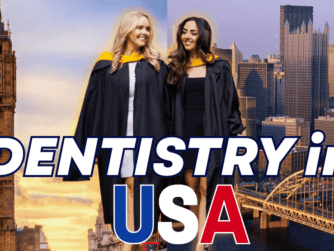
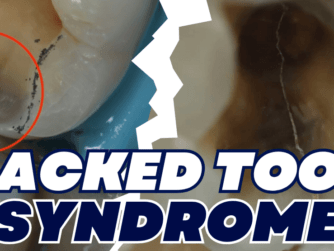
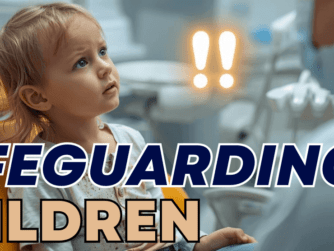

[…] If you enjoyed this episode, check out Hot Pulps, Painless Palatals and ID Block Failures […]